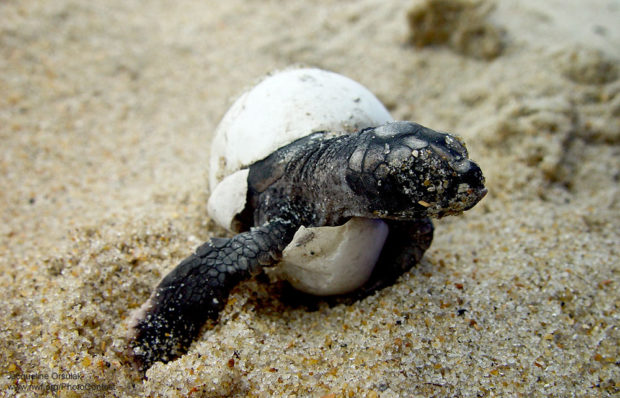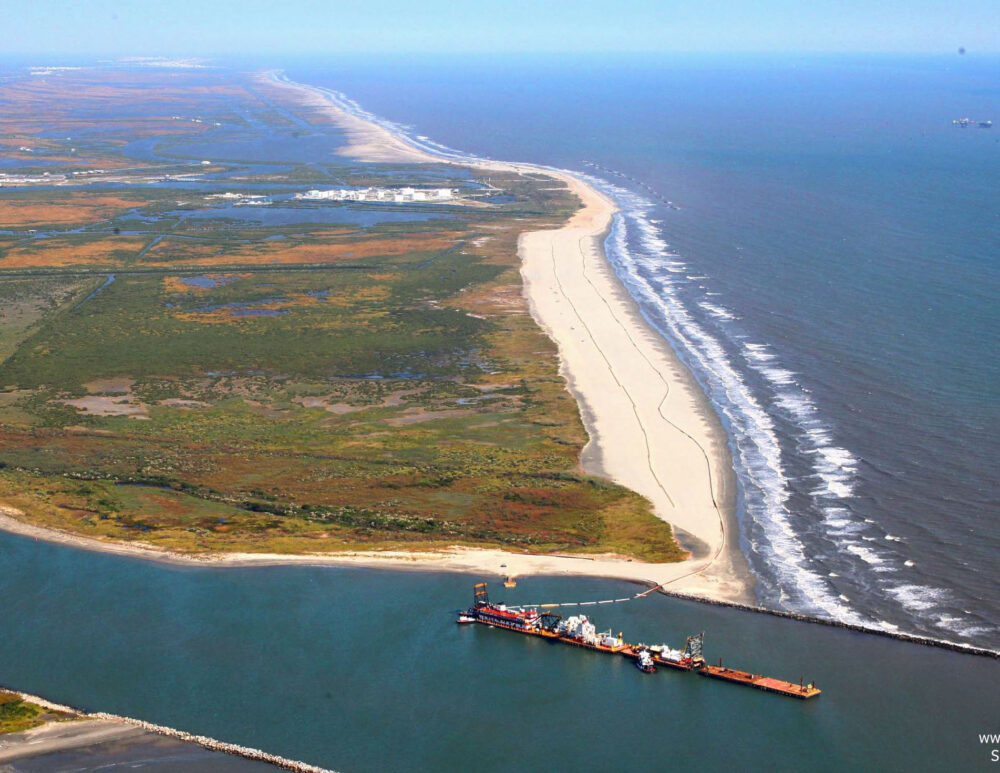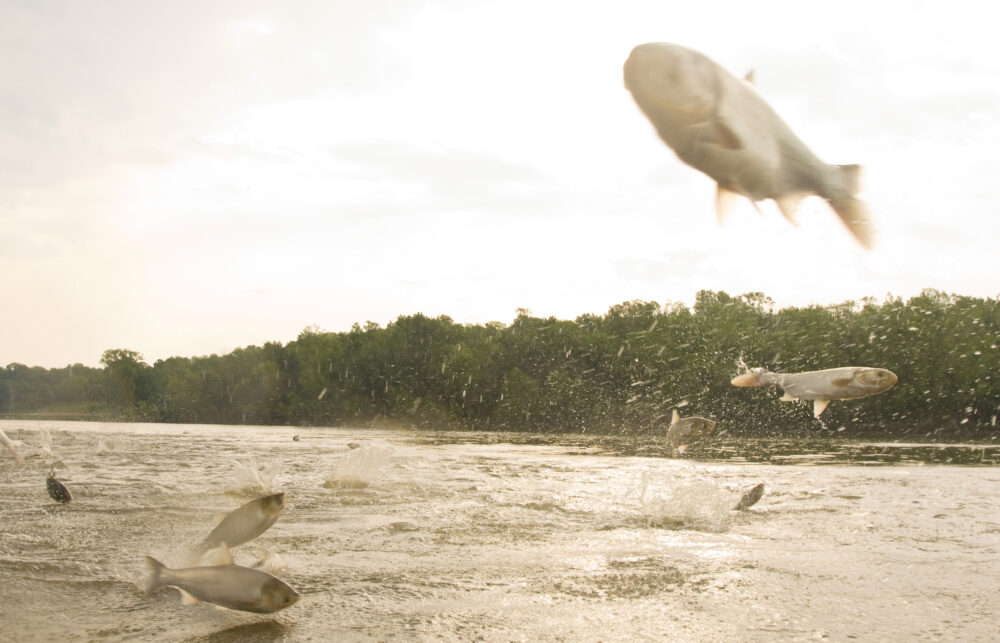We have much more to do and your continued support is needed now more than ever.
Sea Turtles and the Everglades
The Everglades' coastline is home to five of the world's seven sea turtle species.

Many people think of the Everglades as a unique freshwater wetland—it is! But the shorelines associated with the Everglades also provide important habitat for five of the seven sea turtle species in the world.
Cape Sable, in Everglades National Park, is one of the most active nesting areas in South Florida. It is designated as “critical habitat” for threatened loggerhead sea turtles and is also an important nesting habitat for endangered green sea turtles.
Federal agencies, working together to track juvenile green turtles in Everglades National Park, have recently discovered that these younger turtles use fresher headwaters and creeks, as well as nearshore coastal areas. Green sea turtles also feed on seagrasses, which are common in Florida Bay.
Restoring the Everglades, Helping Sea Turtles
Unfortunately, the natural pattern of water flows from Lake Okeechobee and the heart of the Everglades have been badly disrupted by man-made changes to the ecosystem, including dams, dikes and water withdrawals. Today, Florida Bay is often left effectively “starved” of freshwater, killing seagrass beds and harming habitats used by many different species. Meanwhile, unnatural amounts of polluted water are discharged to the east and west coasts, often triggering outbreaks of toxic algae. All of these changes are harmful for sea turtles and their coastal habitats.
A plan to restore natural water flows in the Everglades has been on the books for decades. In recent years, the state of Florida has funded Everglades restoration at over $200 million each year, while federal appropriations – intended to match the state’s – have decreased dramatically. This year we have a major opportunity to secure historic federal funding to restore America’s Everglades since the House Appropriations Committee included $200 million for Everglades restoration projects in their budget this year – retweet this to encourage the Senate to do the same!
Sea Turtles Face Many Threats Worldwide
In other respects, sea turtles in the Everglades have less to worry about than do turtles in more developed areas. On the dark, protected beaches, nesting females don’t have to contend with seawalls or discarded camp chairs, and newly-hatched baby turtles aren’t disoriented by artificial lights. However, the greatest threats are existential and ubiquitous: marine debris and climate change.
The changing climate is a particular concern for sea turtles. As seas rise, nesting beaches will be washed away and female turtles will have a more difficult time finding places to lay their eggs. Also, because the gender of hatchling turtles is determined by the temperature that the eggs incubate, fewer males are being produced as temperatures continue to rise. In some cases, nests have gotten so warm that hatchlings develop deformities or even die in the egg.

Trash and plastics in the ocean are also a serious threat. Even in the remote areas of the Everglades, plastics and debris are found along the shore and in the waters. Sea turtles can become entangled in plastics, which can strangle them or amputate their flippers. Many types of plastic also look like food to sea turtles–particularly soft plastic shopping bags which look like jellyfish. The ingested plastic can kill sea turtles by blocking or piercing their digestive systems.
Make a difference! You can help turtles in your daily life by reducing your use of disposable plastics, carefully recycling the plastics you do use and cleaning up the waterways in your area to prevent trash from making its way to the ocean.




















